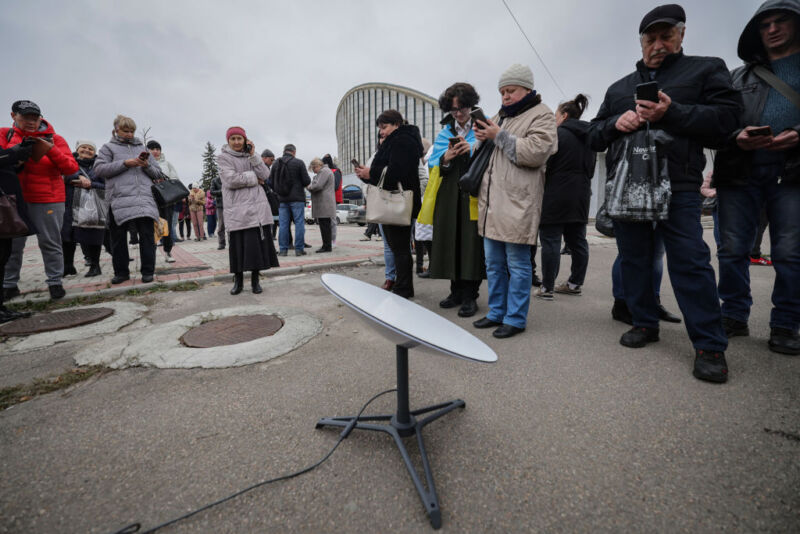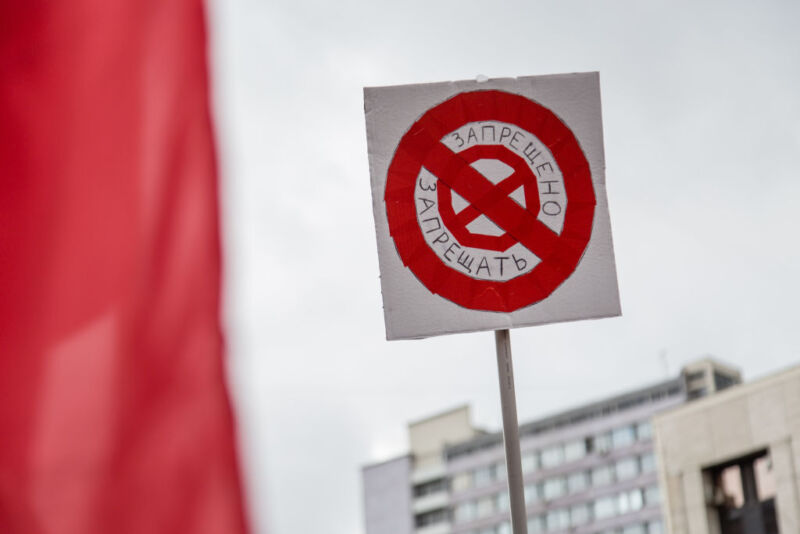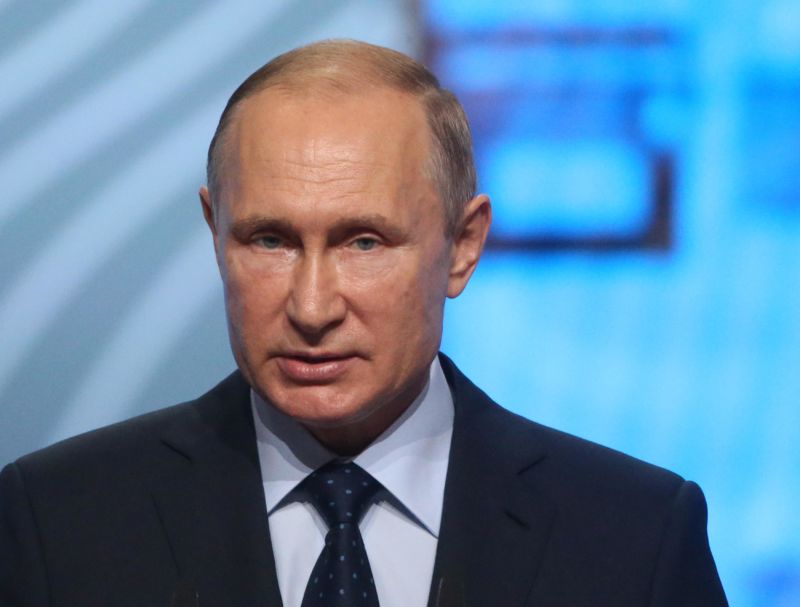-
 chevron_right
chevron_right
Cybersecurity experts say the west has failed to learn lessons from Ukraine
news.movim.eu / ArsTechnica · Tuesday, 29 August, 2023 - 13:18

Enlarge / Viktor Zhora from Ukraine’s information protection service, says cyber has become a major component of hybrid warfare. (credit: Dragonflypd.com/Black Hat)
Viktor Zhora, the public face of Ukraine’s success against Russian cyber attacks, received a hero’s welcome earlier this month on stage at Black Hat, the world’s biggest cyber security gathering, in Las Vegas.
“The adversary has trained us a lot since 2014,” the year that Russia annexed Crimea, said the deputy chair at Ukraine’s special communication and information protection service. “We evolved by the time of the full-scale invasion [in February last year] when cyber became a major component of hybrid warfare.”
At an event where IT professionals asked for selfies and one man cried on his shoulder, Zhora also shared a fist-bump with Jen Easterly, the director of the US Cybersecurity and Infrastructure Agency. “We take a huge page out of Ukraine’s playbook,” she said. “We’ve probably learned as much from you as you are learning from us.”








